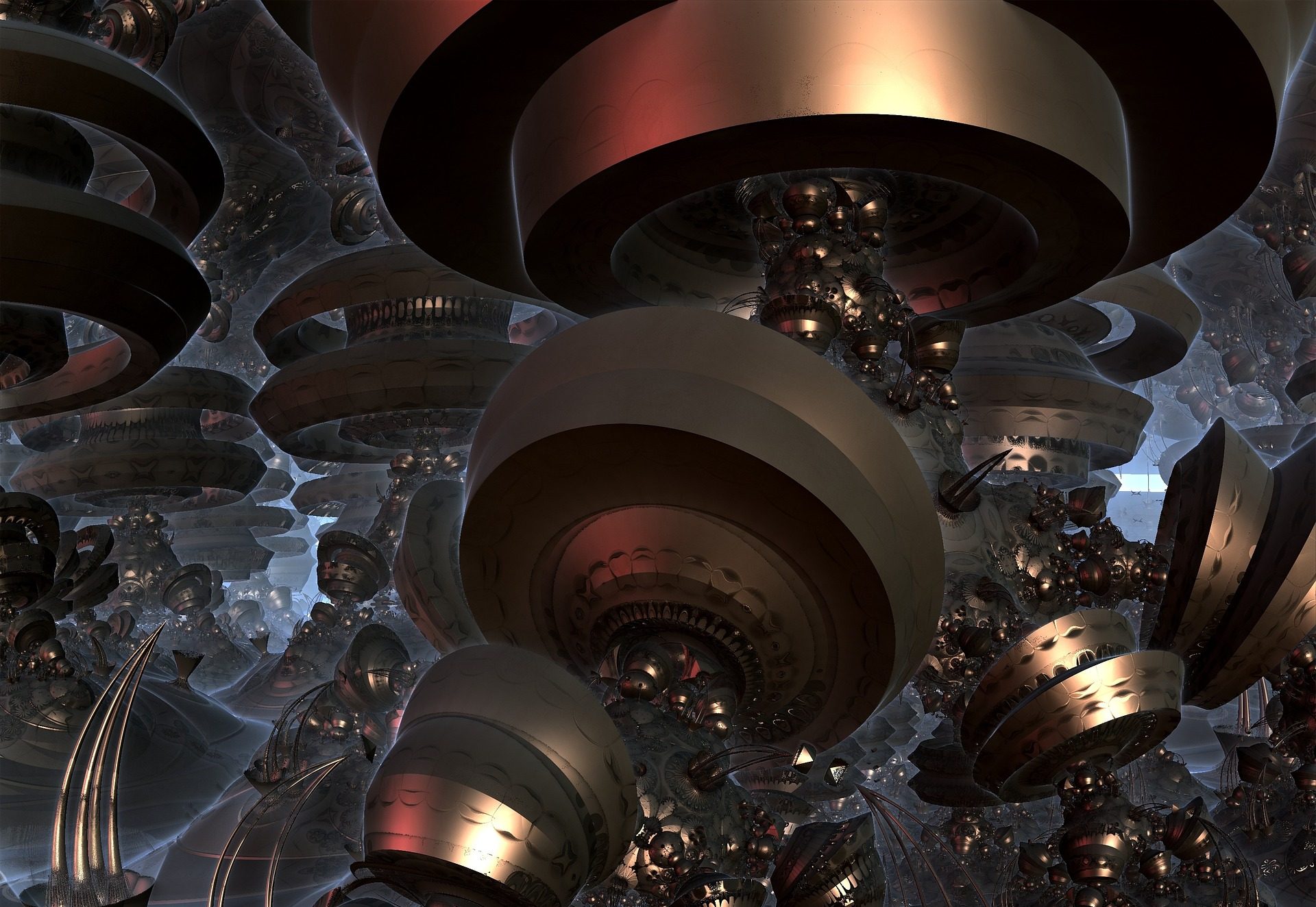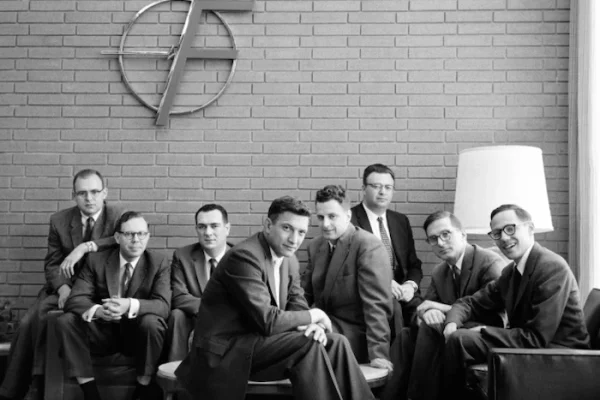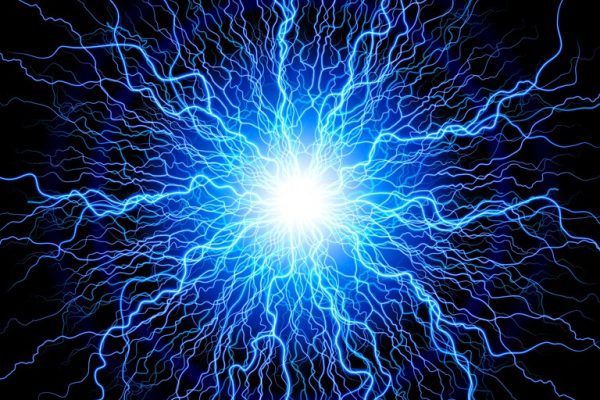Quantum computers are different from classical computers in how they operate and what they are used for. Quantum computers use qubits, which can be 1 or 0 simultaneously, while classical computers use transistors, which can only be 1 or 0. As a result, quantum computing is much more powerful and can be used for big data analysis or simulations.
Quantum researchers hope to harness a phenomenon known as superposition. In the quantum mechanical world, objects do not necessarily have clearly defined states, as demonstrated by the famous experiment in which a single photon of light passing through a screen with two small slits will produce a wavelike interference pattern or superposition of all available paths.
However, when one slit is closed—or a detector is used to determine which slit the photon passed through—the interference pattern disappears. In consequence, a quantum system “exists” in all possible states before a measurement “collapses” the system into one state. Harnessing this phenomenon in a computer promises to expand computational power greatly.
A traditional digital computer employs binary digits or bits, that can be in one of two states, represented as 0 and 1; thus, for example, a 4-bit computer register can hold any one of 16 (24) possible numbers. In contrast, a quantum bit (qubit) exists in a wavelike superposition of values from 0 to 1; thus, for example, a 4-qubit computer register can hold 16 different numbers simultaneously. In theory, a quantum computer can therefore operate on a great many values in parallel, so that a 30-qubit quantum computer would be comparable to a digital computer capable of performing 10 trillion floating-point operations per second (TFLOPS)—comparable to the speed of the fastest supercomputers.
Quantum computers based on semiconductor technology are yet another possibility. In a common approach a discrete number of free electrons (qubits) reside within extremely small regions, known as quantum dots, and in one of two spin states, interpreted as 0 and 1. Although prone to decoherence, such quantum computers build on well-established, solid-state techniques and offer the prospect of readily applying integrated circuit “scaling” technology. In addition, large ensembles of identical quantum dots could potentially be manufactured on a single silicon chip. The chip operates in an external magnetic field that controls electron spin states while neighboring electrons are weakly coupled (entangled) through quantum mechanical effects. An array of superimposed wire electrodes allows individual quantum dots to be addressed, algorithms executed, and results deduced. Such a system necessarily must be operated at temperatures near absolute zero to minimize environmental decoherence, but it has the potential to incorporate very large numbers of qubits.
Quantum computing has a number of applications, including securely sharing information. Other methods include fighting cancer and various health concerns, such as cancer, and developing new drugs. As well, quantum computers can help improve radars and their ability to detect such things as missiles and aircraft. Other areas include the environment and using quantum computing to keep the water clean with chemical sensors.
Quantum computers process information differently. The number of qubits linked together increases the quantum computing power exponentially. Meanwhile, linking together more transistors only increases power linearly. Quantum computers are great for running simulations and data analyses, such as for chemical or drug trials. These computers must be kept ultra-cold, however. They are also much more expensive and difficult to build.
Google, in 2019, proved that a quantum computer could solve a problem in minutes, while it would take a classical computer 10,000 years.
To build, quantum computers still cost billions. There has not been a commercially developed quantum computer yet. However, China-based Shenzhen SpinQ Technology plans to sell a $5,000 desktop quantum computer to consumers for schools and colleges. Last year, it started selling a quantum computer for $50,000.
Building a useful quantum computer has proved difficult. Although the potential of quantum computers is enormous, the requirements are equally stringent. A quantum computer must maintain coherence between its qubits (known as quantum entanglement) long enough to perform an algorithm; because of nearly inevitable interactions with the environment (decoherence), practical methods of detecting and correcting errors need to be devised; and, finally, since measuring a quantum system disturbs its state, reliable methods of extracting information must be developed.
Until then, let’s see what will change!
Change is the only Constant











Thanks for the informations! we will use this to expand our dataset collections